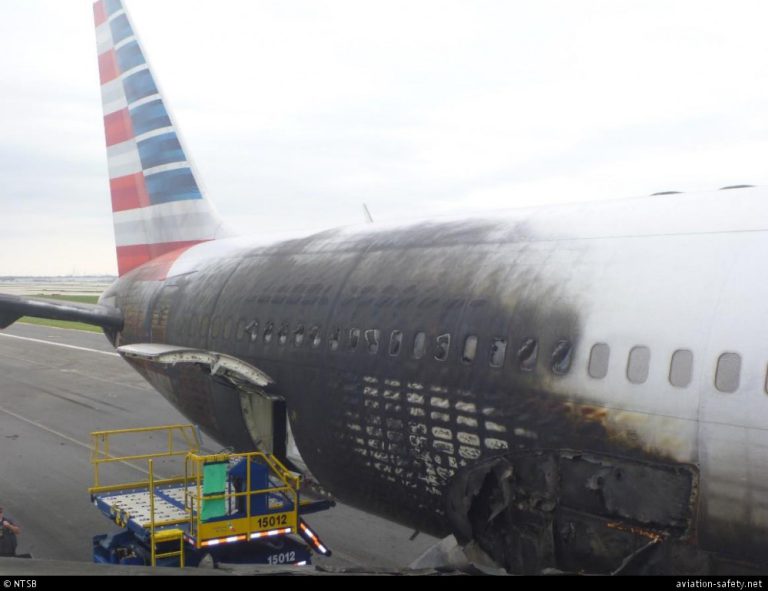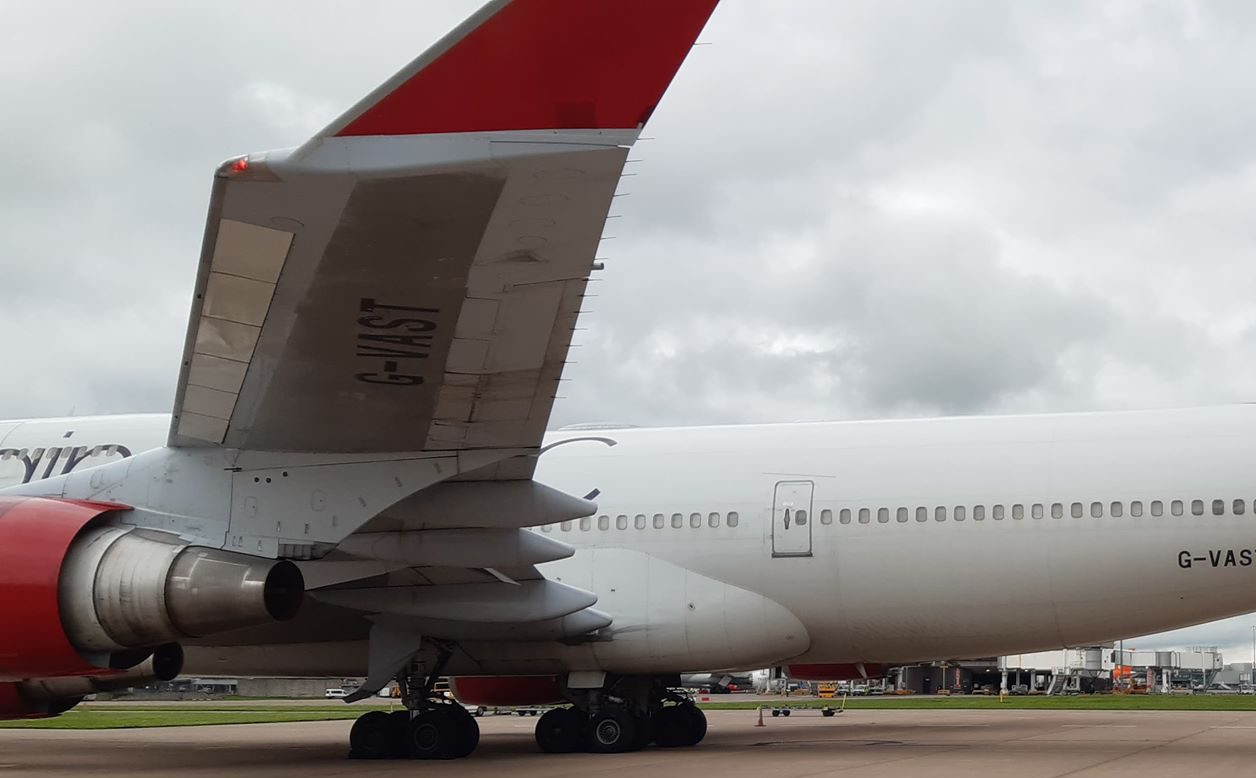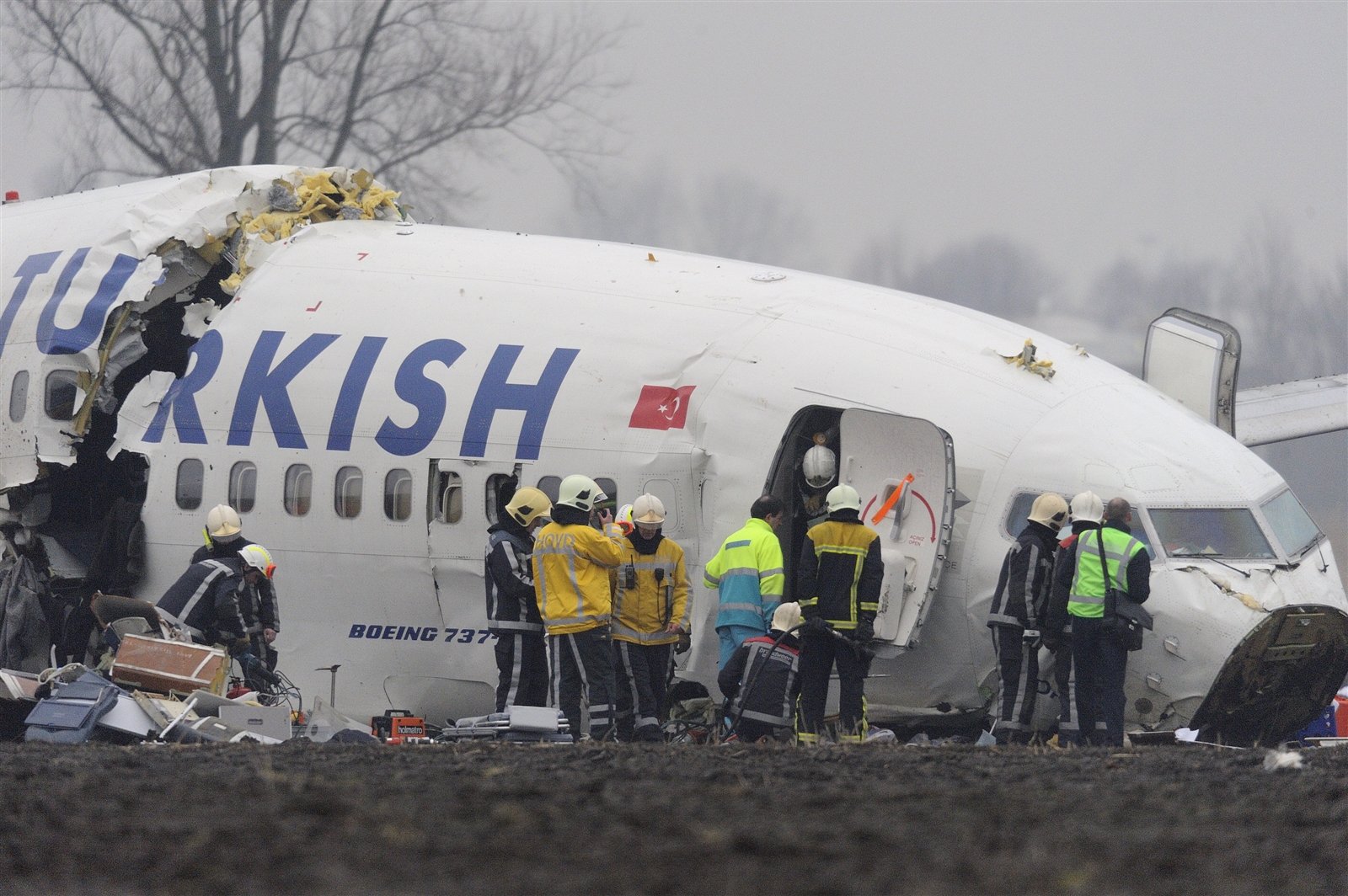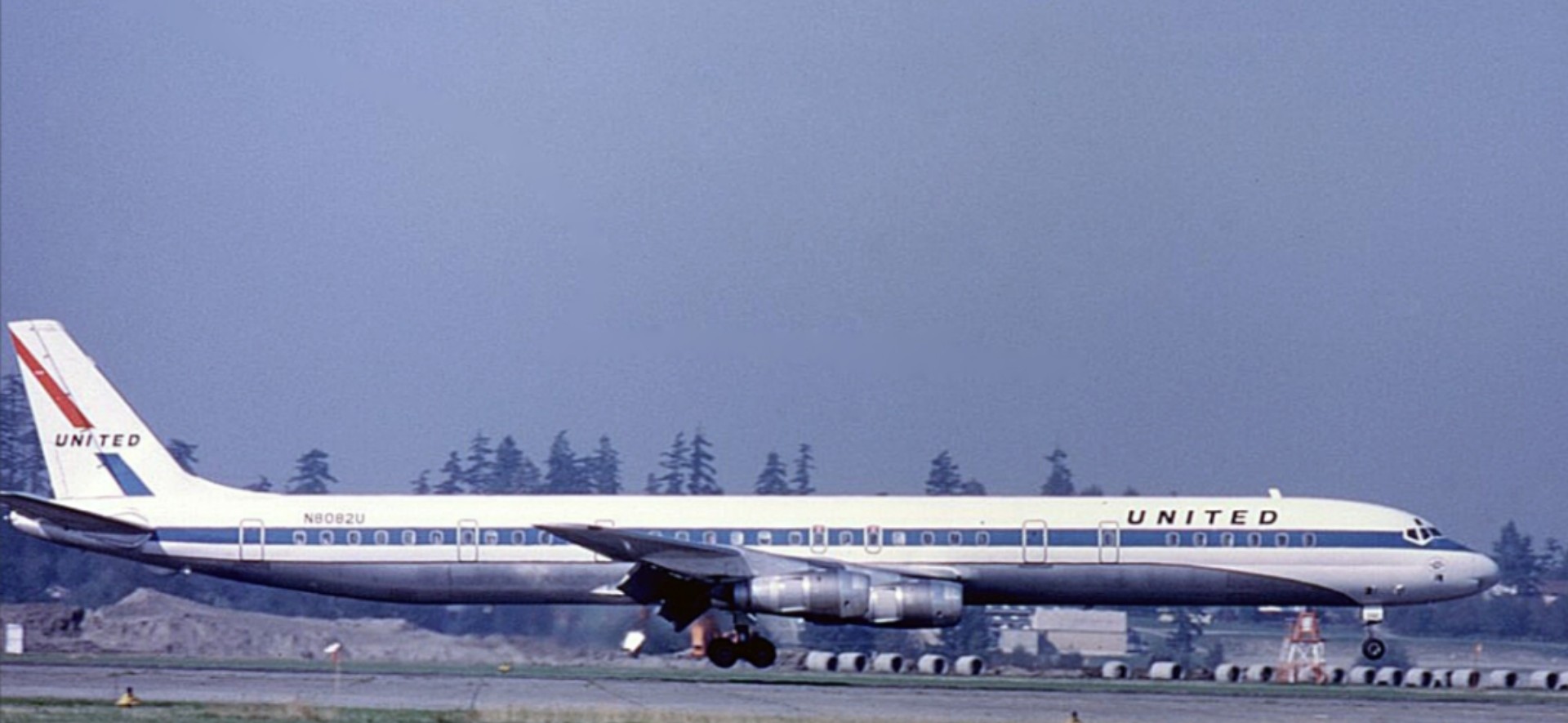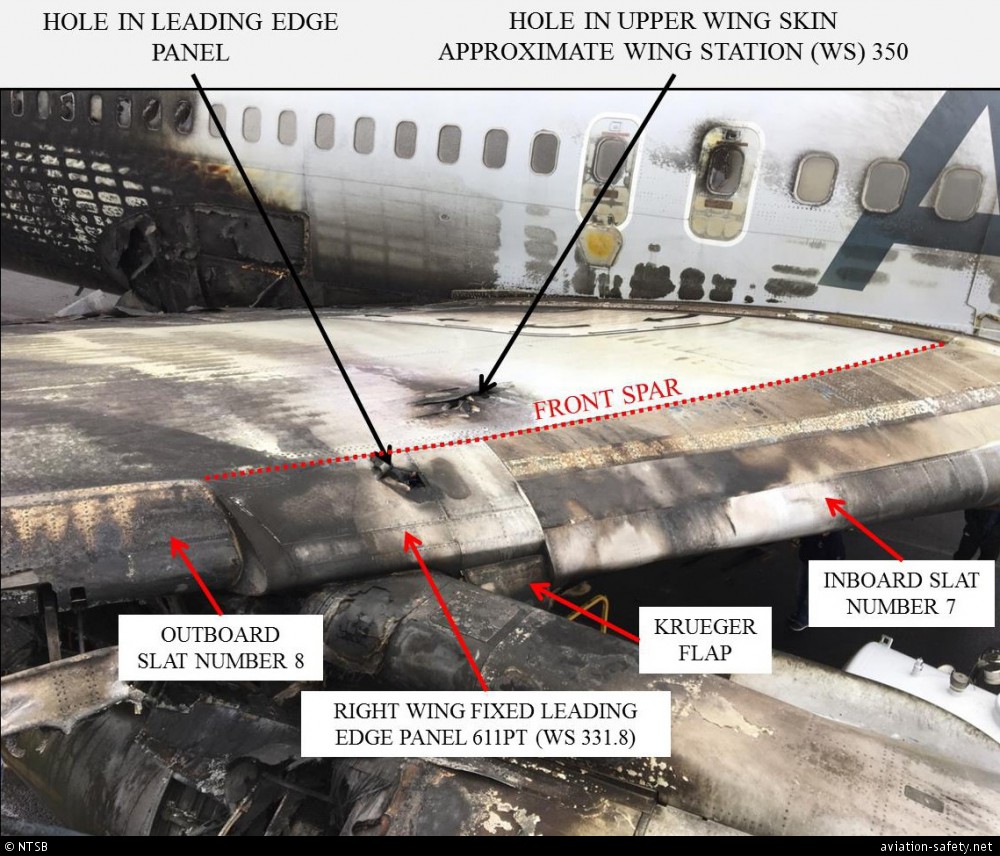
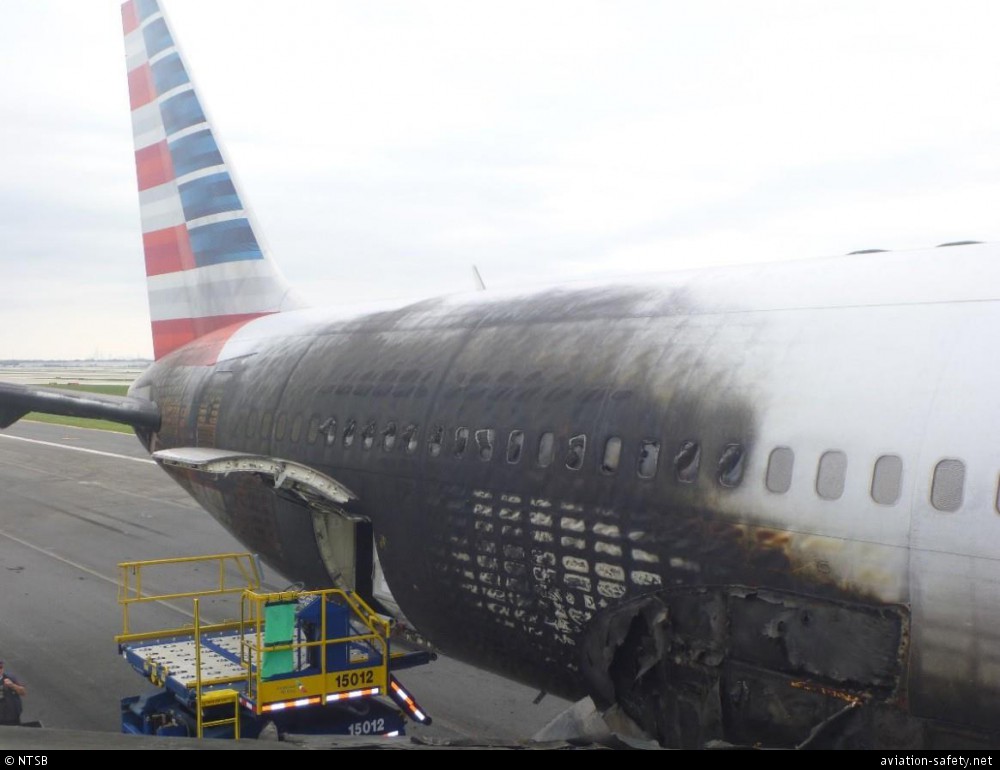

On the 28th October 2016 at Chicago-O’Hare International Airport, the passengers sat back ready for takeoff. At approximatly 14:31 local time the American Airlines Boeing 767-300ER lined up on the runway and was cleared for takeoff on 28R to Florida.
The captain advanced the throttle to full power and engines responded by achieving full take off power. As the aircraft approched V1 (takeoff decision speed) at the 80 knot call they both heard a “ka-boom” sound and the 767 veered off course.
The captain immediatly initited the rejected takeoff procedure. The plane started to come to an agressive stop as the rejected takeoff brakes were activated. During which the first officer reported to ATC they were coming to a stop.
ATC notified the crew that there was a fire on the right engine and as the aircraft came to a stop the right engine fire bell iluminated in the cockpit. The captain immediatly started to conduct the engine fire checklist, in this procedure the captain shut off the fuel switch for the right engine and the first officer pulled the fire handle and discharged a fire bottle into the right engine.
They then began the evacuation checklist and the checklist required the plane to be depressurised the captain noting that it was taking a long time for the plane to do this. While all of this ever increasing workload in the cockpit they were observing the panic and commotion in the cabin. Once the checklists were completed they shut down the left engine and secured it.
The announcements were then made over the address system for the cabin to evacuate, pressing the evacuation alarm switch and left the cockpit. As they left the cockpit they were confronted by “a lot of smoke” the flight attendants had already begun the evacuation. The FDR (Flight data recorder) showed that between 8 and 12 seconds of the plane coming to a stop the left overwing door was opened.
The pilots as they left the cockpit were met by the lead flight attendant twho informed them that the airplane was fully evacuated and everyone was off the airplane. The pilots were the last to leave the plane. One passenger recieved serious injuries and 19 minor but all passengers survived.
The probable cause that the NTSB had determined was the failure of the HPT stage 2 disk, which severed the main engine fuel feed line and breached the right main wing fuel tank. This released fuel that resulted in a fire on the right side of the airplane during takeoff roll. The HPT stage 2 disk failed because of low-cycle fatigue cracks that initated from an internal subsurface manufacturing anomoly and was most likely not detectable during in service inspections.
This was a lucky escape for all on board and the aircraft still sits at Chicago today, sources say that the aircraft may be used as a training simulator in the future.
Source – ASN/NTSB/FAA

